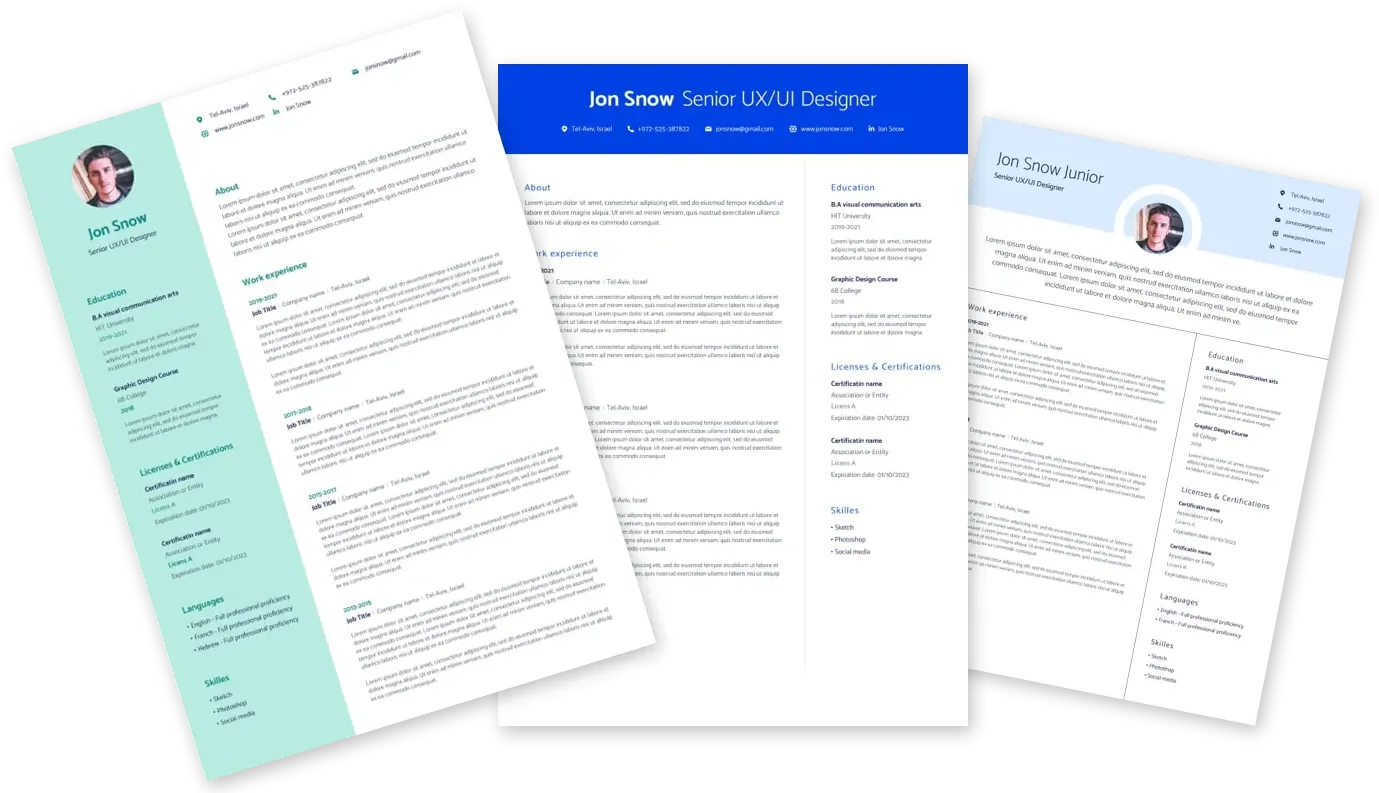
The point where experts and best companies meet

IBM Experience Consultant-Customer & Transformation Intern Egypt, Cairo, Cairo 204088836
16.09.2024
Share
Your Role and Responsibilities
- User research: Ability to conduct various types of user research, such as interviews, surveys, and usability testing to understand user needs, behaviors, and preferences.
- Design thinking: Ability to approach design problems creatively and systematically, using design thinking methods to generate innovative solutions.
- Information architecture: Ability to organize and structure complex information in a way that is intuitive and easy to navigate for users.
- Wireframing and prototyping: Ability to create wireframes and prototypes to communicate design concepts and test usability.
- User interface design: Ability to create visually appealing and intuitive user interfaces that align with user needs and business requirements.
- Interaction design: Ability to design interactions and animations that enhance the user experience and improve usability.
- Collaboration and communication: Ability to work effectively with cross-functional teams, such as product managers, developers, and other designers, and communicate design decisions clearly and persuasively.
- Analytical skills: Ability to analyze data and use it to inform design decisions and measure the success of design solutions.
- Attention to detail: Ability to pay close attention to detail and ensure designs are free of errors and inconsistencies.
- Continuous learning: Willingness and ability to stay up-to-date with the latest design trends, tools, and technologies.
- Has experience in Visual design – building DLS.
Required Technical and Professional Expertise
- Basic knowledge of tools like Sketch, Figma, Adobe XD, and Adobe Creative Suite.
- Familiarity with wireframing and prototyping tools.
- Understanding of design principles, including layout, typography, color theory, and responsive design
- Ability to create interactive prototypes.
- Familiarity with user research and usability testing tools.
- Fluent in English & Arabic
- Bachelor’s or Master’s in related major
These jobs might be a good fit
